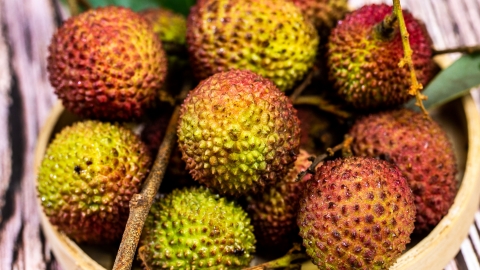Can the flavor of lychee pulp be preserved after freezing?
In general, whether the flesh of lychee can maintain its original taste after freezing mainly depends on the freezing and thawing methods, as well as the duration of freezing. The detailed analysis is as follows:

When using rapid freezing methods, with freezing time controlled within one month, and choosing to thaw slowly in the refrigerator, the flesh of lychee will likely maintain its original taste. Rapid freezing reduces the formation of ice crystals within cells, avoiding cell rupture and locking in juice and flavor substances; shorter freezing time reduces damage to the cellular structure and minimizes flavor loss; slow thawing prevents loss of moisture and flavor compounds due to drastic changes, thus better preserving the original taste.
If the freezing speed is slow or the freezing time exceeds one month, and high-temperature heating is used for thawing, the flesh of lychee will hardly maintain its original taste. Slow freezing causes large ice crystals to form within cells, damaging the cellular structure and leading to loss of juice and flavor compounds; prolonged freezing causes gradual decomposition of flavor compounds in the flesh; high-temperature thawing accelerates cell rupture, further exacerbating the loss of juice and flavor, resulting in a worse texture and altered taste.
Before freezing lychee flesh, fresh and mature fruits should be selected. After removing the peel and seed, the flesh should be packed in sealed bags or storage containers, with as much air removed as possible. During freezing, frequent opening of the refrigerator should be avoided to maintain a stable temperature. If the thawed flesh is not consumed immediately, it should be stored in the refrigerator and not kept for more than 24 hours to prevent spoilage.




